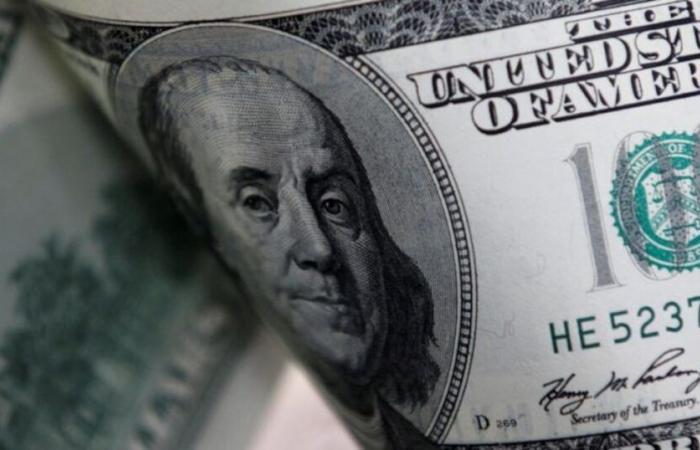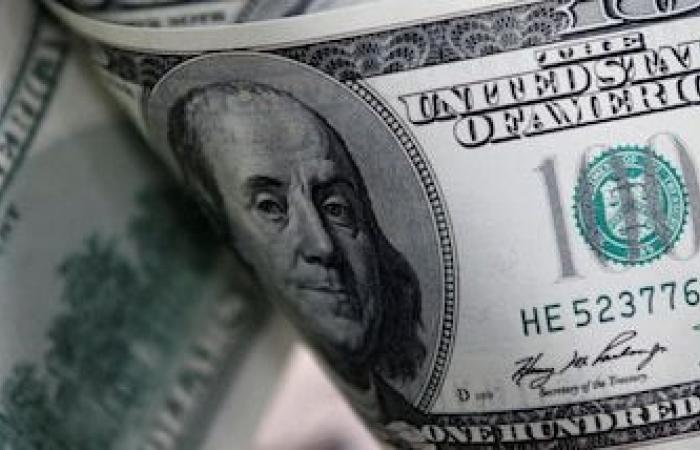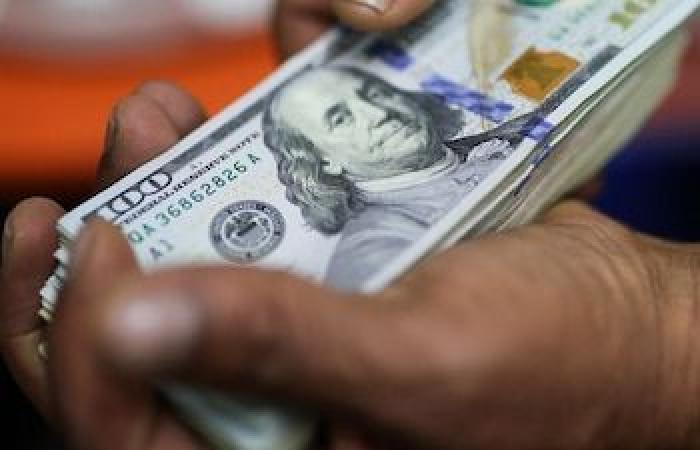The US dollar closed the day of May 6, 2025 in Colombia with an average of $ 4,305.23, which represented an increase of $ 21.61 compared to the representative rate of the market (TRM), which was $ 4,283.62. As reported by the SET-FX platform, during the day more than USD928 million were negotiated in 1,511 transactions, with an opening price of $ 4,305.50, a maximum of $ 4,327.00 and a minimum of $ 4,295.46.
In the last seven days, the US dollar records a 1.44%rise, so that in the last year it still retains a 6.77%rise.
Now you can follow us in Facebook and in our WhatsApp
With respect to previous days, he accumulated two consecutive sessions in positive figures. In the last week, volatility is lower than the data achieved for the last year (14.18%), so we can say that it is going through a period of greater stability in the last dates.
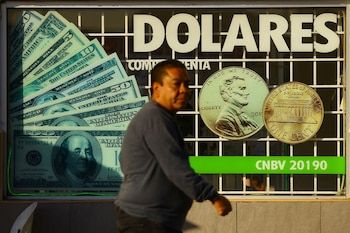
This movement was recorded after, at the international level, it was known that The American commercial deficit was extended to USD140.5 billion in March 2025, motivated mainly by an increase in goods importsdue to the anticipation of consumers to the possibility of implementing new tariffs in April.
In addition, commercial tensions increased after the announcement of upcoming tariffs to pharmaceutical products that the United States will make, while the European Union threatened with reprisals. On the other hand, Canadian Prime Minister Mark Carney visited the White House to address tariff conflicts and deny the rumors of annexation that circulated since the end of April.
In addition, the market remained attentive to the impact of tariffs and the monetary policy of the Federal Reserve (FED).
At the local level, the Chilean weight was strengthened by the rise in copper, while The Colombian weight fell in the same proportion despite the recovery of oil, affected by technical factors and expectations on local monetary policy. Even, despite a moderation in the Country Risk premium of Colombia and contrary to most of its peers in the region.
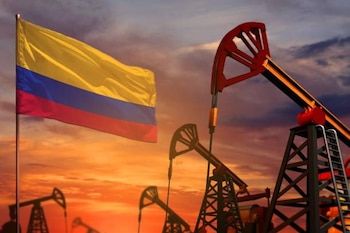
Oil prices (the Brent, reference for Colombia, rose USD1,23, or 2%, at $ 61.46 per barrel, while the WTI added USD1,20, or 2.1%, to USD58.33 per barrel), they rose strongly, driven by signals of greater demand in Europe and Chinathe return of buyers after a strong previous fall and the increase in geopolitical tensions in the Middle East. The rebound was reinforced by the return of the Chinese market after a holiday and a weaker dollar, which lowers crude for international buyers.
On what happens with the dollar in Colombia, the professor associated with the Department of Business Administration of the Javeriana University Jairo Andrés Rendón made an analysis called “The world no longer wants to pay the dollar premium.” In this, the academic said that, For decades, the hegemony of the United States was cemented, not only in its economic power, but also in the ability to cooperate and sustain strategic alliances with its partners.
He affirmed that the dollar, as the most powerful currency in the world, is one of its most effective tools: used for international trade, the setting of raw material prices, access to credit markets and as a vehicle for international reserves.
According to him, that privileged position implies a high global demand for assets called dollars, in particular, by US Treasury bonds. This demand generates what economists call a “convenientyield”: international investors accept lower monetary returns for the non -financial benefit of having American assets that are safe, liquid and widely accepted as collateral.
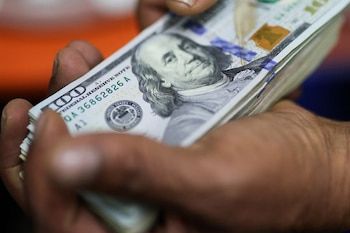
In other words, the world has been willing to pay a premium for access to the dollar and its financial instruments. He pointed out thatalthough other assets could offer greater financial returns, changing currency is not so simple.
“Many central banks prioritize stability and strategy above pure profitability. In Colombia, for example, more than 85% of international reserves are in dollars. In addition, countries such as Ecuador or Panama have gone further and have adopted the dollar as local currency or have closely linked it to their monetary policy. Leaving this dollarized network is not so easy,” he said.
However, he pointed out that this balance begins to show signs of tension. This, because this global confidence in the dollar also has an internal cost for the United States: a strong currency increases its exports and limits its competitiveness.
“Donald Trump has openly criticized this form of hegemony, focusing on the costs he entails, but without fully assessing his strategic benefits,” the professor emphasized.
In addition, Jairo Andrés Rendón recalled that the vision of ‘America First’ of the US president “It has brought an abrupt turn towards isolation, the withdrawal of international cooperation and the unilateral imposition of conditions.” According to him, This was evidenced by the United States departure from the World Health Organization or recent demands to Ukraine on critical minerals in exchange for support.

